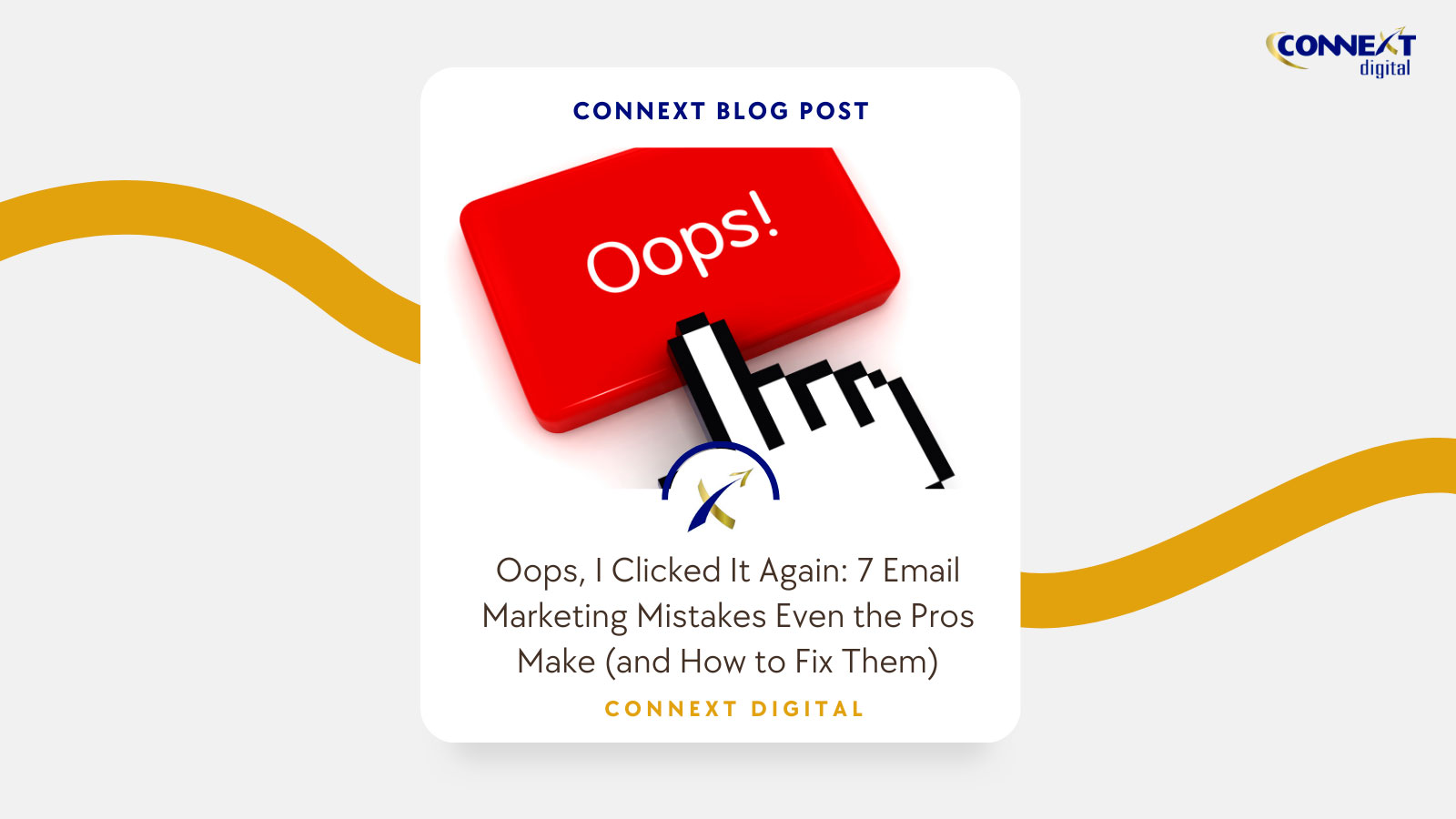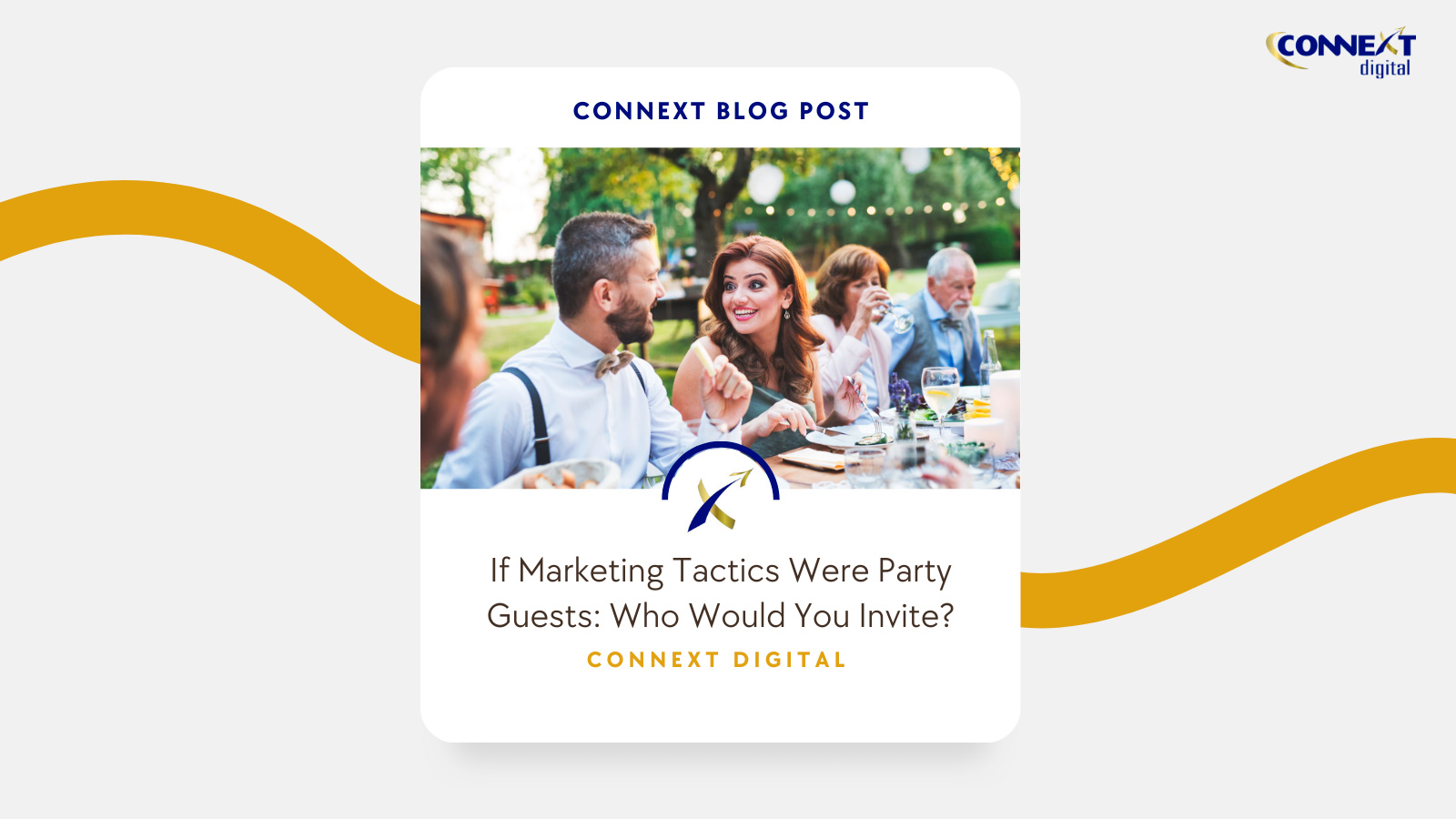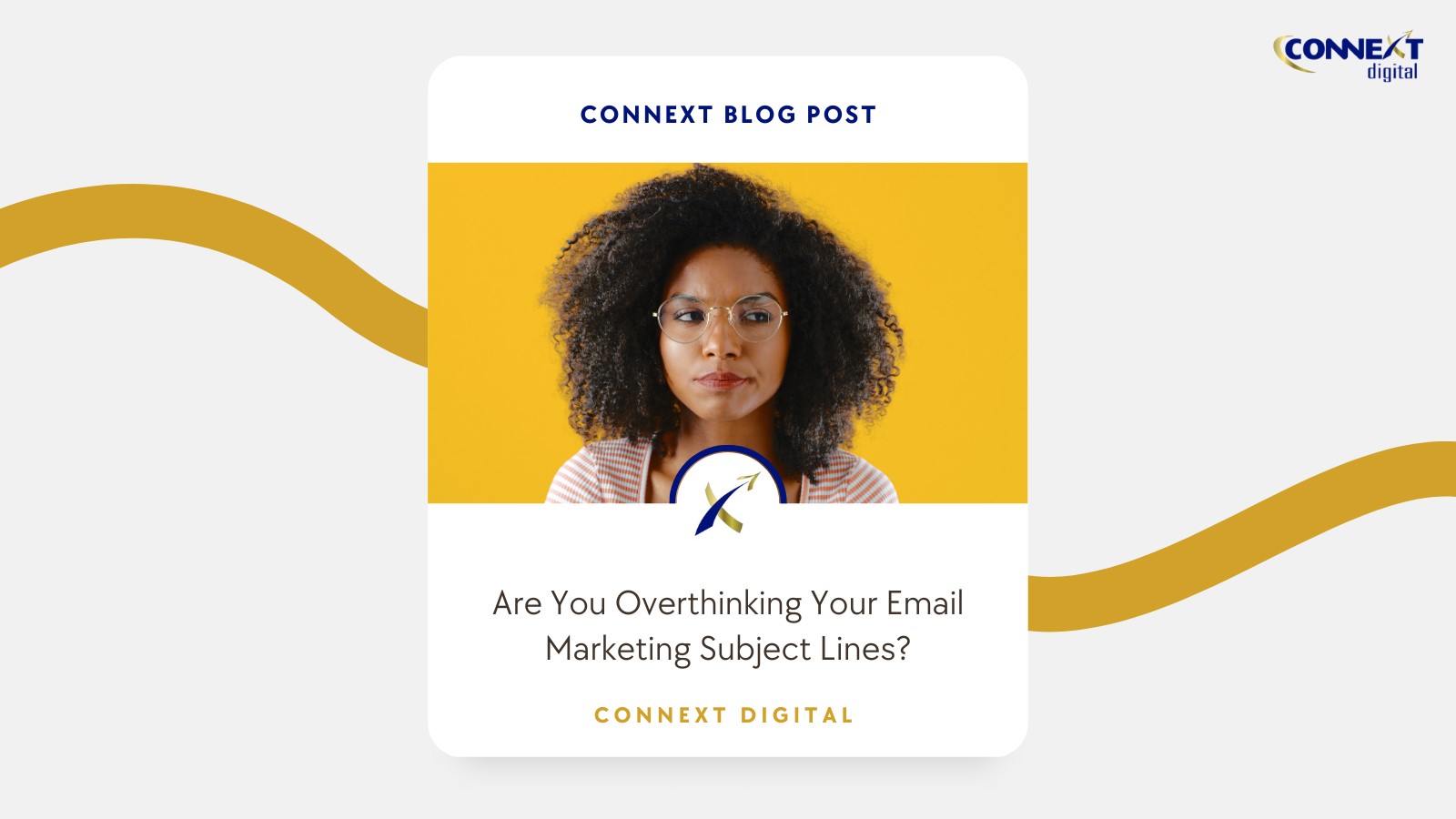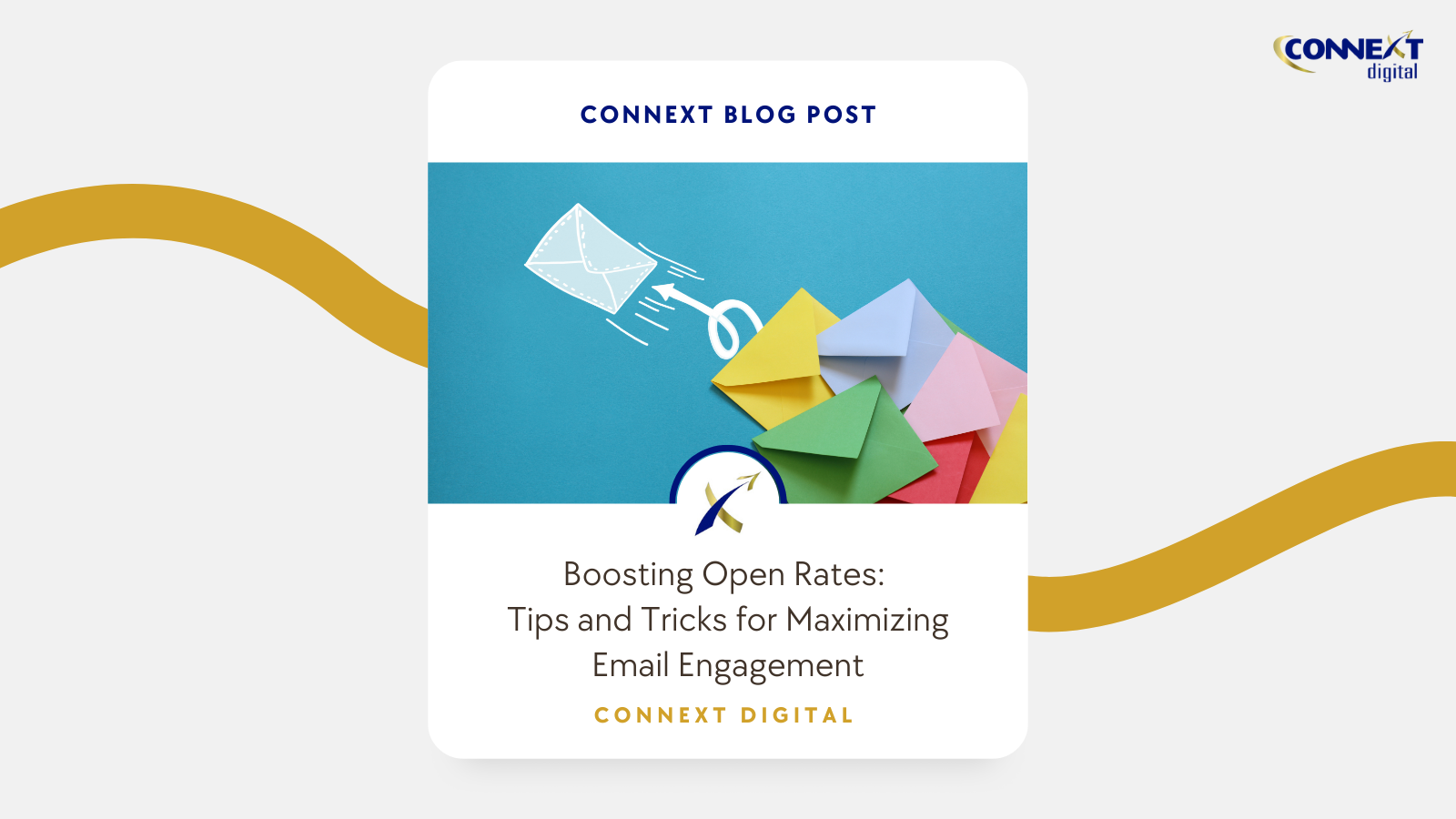
6 Tips For Millennial-Friendly Email Marketing Campaigns
Despite persistent rumors to the contrary filtering in over the years (likely from overzealous social media converts), email marketing isn’t dead. In fact, it’s never been more alive. So many information sources compete for our attention, yet the trusty email inbox remains a place of relative trust and time investment. But that doesn’t mean you can stick with the same old tactics.
After all, inevitable generational change ensures that your approach to marketing of any kind has to change as well. The methods that yielded success back in the days of dial-up internet aren’t going to cut it with people who grew up in the internet era and are used to consuming vast quantities of content through their smartphones.
Email marketing to the millennial generation can absolutely work, and work wonders. You just need to know exactly how to go about it. Here are 6 tips for getting that vital millennial attention.
Check your phone at any given time, and how many updates you’ll find will depend on how many social media networks and apps you use on a regular basis. If you have an Instagram account, a Twitter account, a Facebook account, a Snapchat account, and various chat options including things like WhatsApp, Telegram, and Facebook Messenger, then you’ll have near-unlimited updates to browse through.
- Use a simple and informal subject line
Since millennials invariably have these enormous streams of updates to go through (not to mention all the other emails they receive), your email subject line has to catch the eye immediately. Otherwise, the recipients will look straight past it and never return.
Forget the clumsy titles that resemble blog post titles: the title of this post wouldn’t work as a subject line, for instance. Instead, keep things short and informal, with an air of mystery. If I were marketing this piece, I might use a subject line of “Millennials: impossible to convince? That’s what they think…” It sets up a question, implies a possible answer, then suggests that there is a way to convince millennials — something you might discover inside.
- Keep your content clear and prompt
I already noted the importance of using a simple subject line, but that commitment to simplicity doesn’t stop there. You need to keep your message and layout very clear and straightforward. Quickly state what you’re trying to sell, space everything out well (white space is invaluable), and get to the point without delay. You don’t have the luxury of overstaying your welcome.
After all, even those who decide to read through your email are unlikely to read the entire thing. They’ll probably read some of it, then decide they’ve seen enough and go elsewhere. That’s a problem when you’re designing your emails like soft-sell landing pages, trundling gently towards hard-hitting bottom-of-the-page CTAs.
It’s best to approach your email as a set of panels, each with a strong CTA. That way, no matter how far someone gets into the content, they’ll always have a viable action right in front of them. And if you mix up those actions, you’ll be able to catch different types of lead.
- Provide high-quality visuals
Cutting through all the noise of generic digital content is a challenge at the best of times. With an email (an opened one, no less), you at least get to benefit from fractionally more benefit of the doubt than the average Twitter post, but you’re still fighting against the tide. Furthermore, opening an email to find weak visuals immediately gives a poor impression of the company. It suggests incompetence, indifference, or both.
When choosing your visuals, think about originality and quality. Stock images might look crisp, but they’re unlikely to impress people who see hundreds of stock images every day, and your hastily-snapped phone camera photos could be tremendously inventive but likely wouldn’t have the production quality to catch the eye.
Get inspiration from the ecommerce world — after all, it’s mastered the art of selling through digital content by now. If you can create some graphic designs in a unique style (or have some commissioned), try it: establishing a visual style for your brand will help you show personality.
- Go mobile-first with the design
While almost any email design software you can get today will produce mobile-responsive layouts by default, that isn’t necessarily enough. Given that it’s rather more likely that the average millennial will see an email on their phone than on a desktop or laptop computer (their smartphone will be accessible 24/7 and from any location, after all), your design approach should focus on the mobile layout as the primary version of the email.
Mobile-first has already become the dominant design approach for forward-thinking areas of web design, such as the aforementioned ecommerce world. Popular platforms such as Magento and Shopify already offer mobile-first themes in their default selections, leaving a huge impact on general standards. There are online marketplaces full of stores for sale, many at very low cost, yet even the least cared-for is going to work well on mobile because of its strong CMS.
Mobile-first also makes more sense for scaling in general. It’s a lot easier to create a mobile design and scale it well to desktop size than it is to go about things in the other direction. When you scale a desktop design down, you often have to start removing element to make everything fit, which can easily lead to a second-class experience for mobile users. The mobile version of your email should be the best version: the cleanest, crispest, and most convincing.
- Be relaxed and conversational
Speaking of personality, few things kill opened marketing emails faster than dry remnants of the “Dear Sir/Madam” era of communication. You’re not a robot, and you’re not addressing a robot — nor are you in a business meeting several decades in the past — so why the formality? Millennials are used to businesses engaging on social media, making flippant remarks, sharing memes, and generally attempting to be personable and relatable. It’s time to follow suit.
You can take it too far, of course, veering into “trying too hard” territory and coming across as a stoic adult who desperately wants to be cool — but that shouldn’t happen if you stay relaxed. There’s no need to try so hard to convince the reader of anything. Either they’re compelled by the case you’re making, or they’re not.
In general, the best thing to do is take the way you usually speak and make minor adjustments. Condense things for clarity, clean them up, and tweak them slightly to better suit the audience. That way, you can make concessions for your readers without coming across as fraudulent.
- Maximize social integration
The path to achieving the goal of your marketing emails may be long and winding, and it isn’t as simple as expecting every chunk of success to stem from a click of your CTA. You want to provide as many opportunities as possible for your marketing message to spread, and to do that you must offer a substantial range of social integrations within your emails.
Give the reader a chance to easily share the email contents with someone via email, or through Twitter, Facebook, or even Instagram. To further drive interest, flesh out your email content with elements of UGC (user-generated content) such as reviews and testimonials, pulling them directly from social media to show authenticity.
Takeaway
Ultimately, you want your email marketing to form a core part of your overall marketing strategy, with every aspect working together seamlessly to generate as many relevant leads as possible across any and all viable platforms. That’s how you’ll get the best return on your investment.





